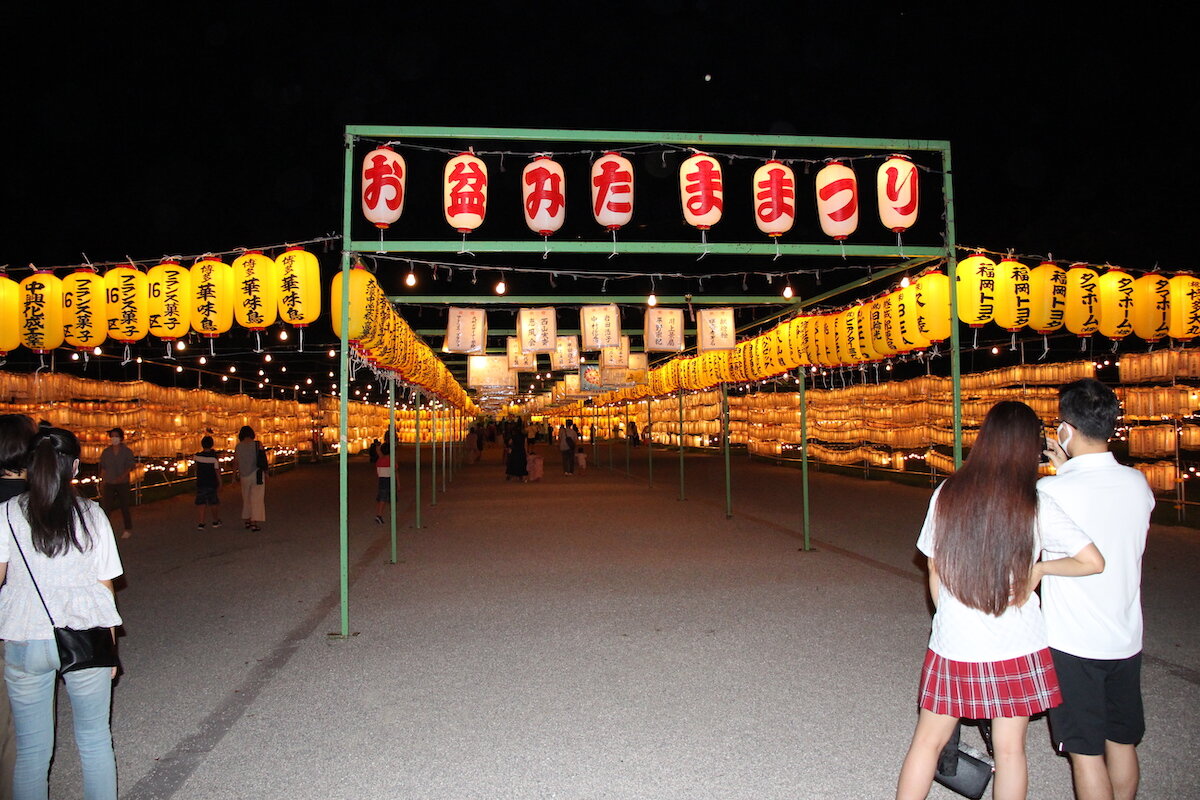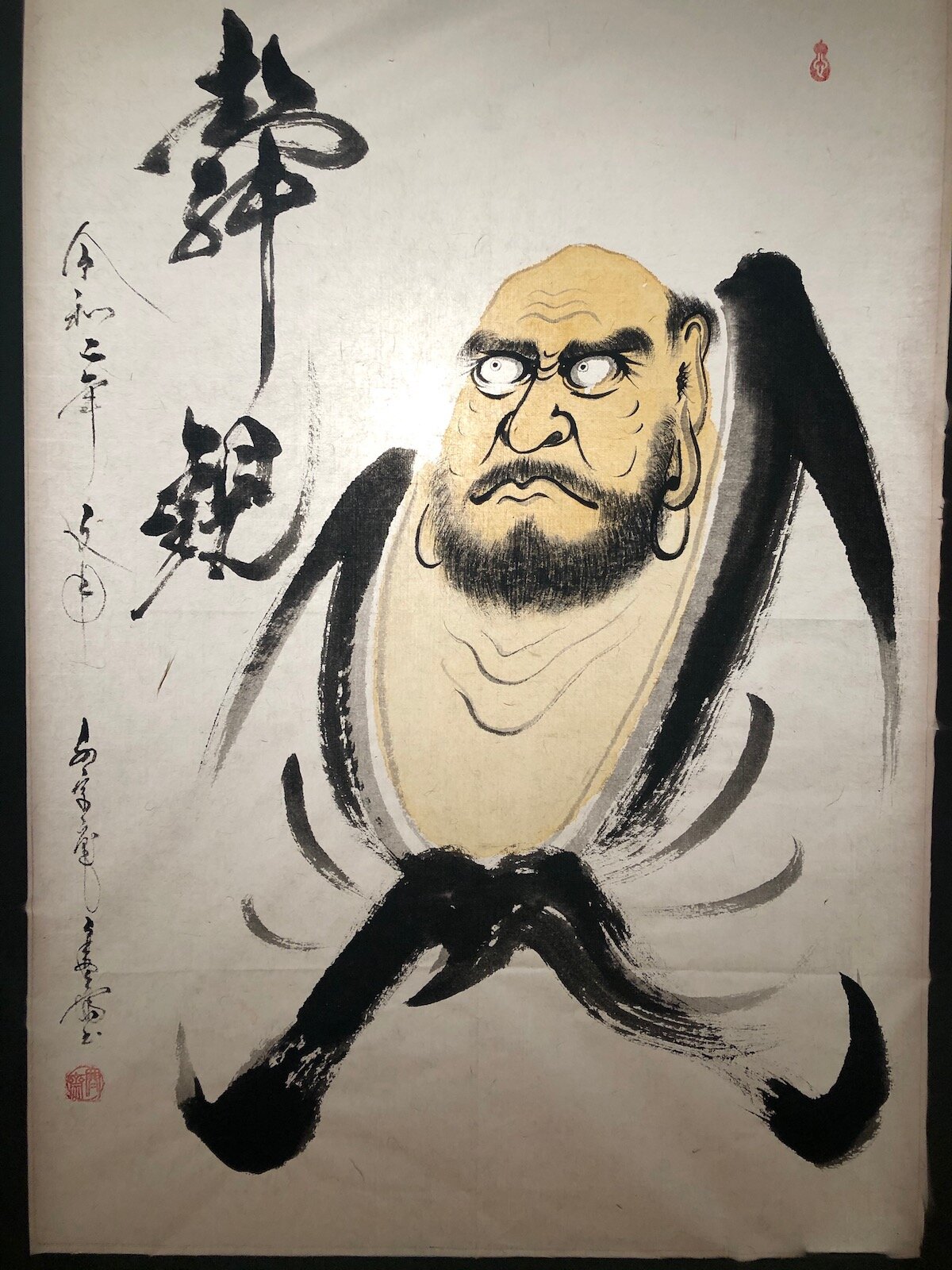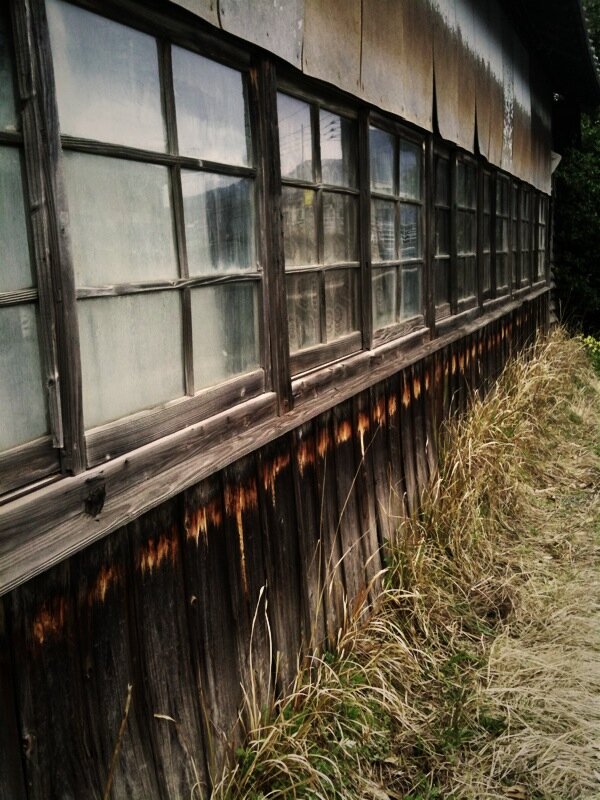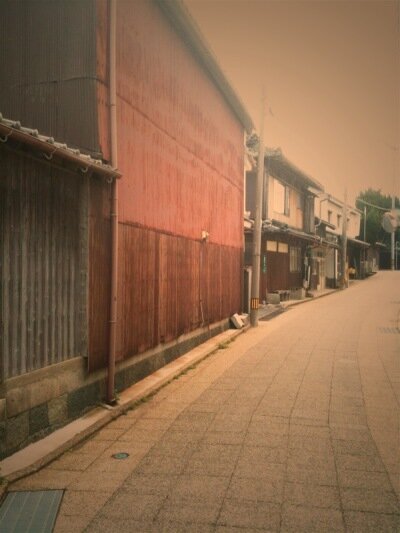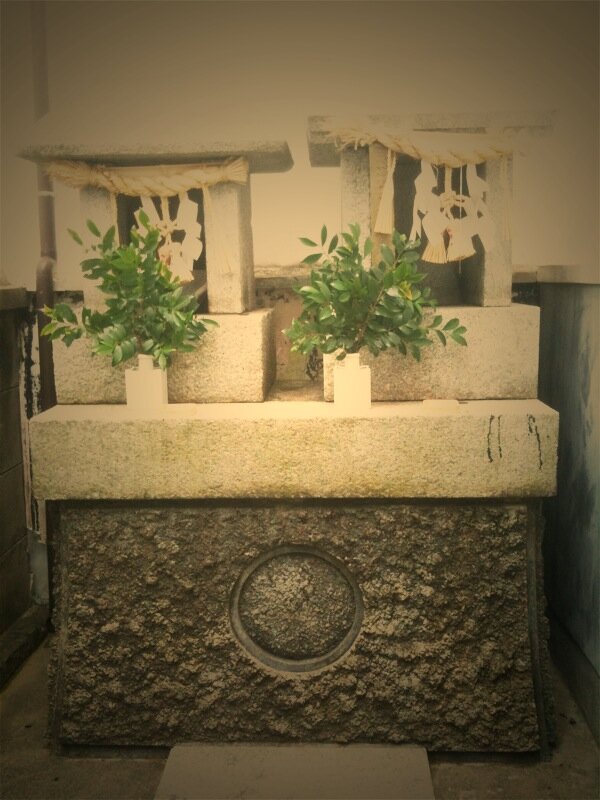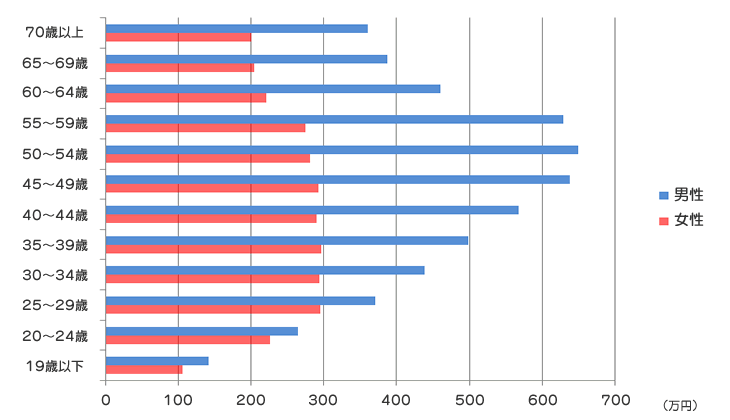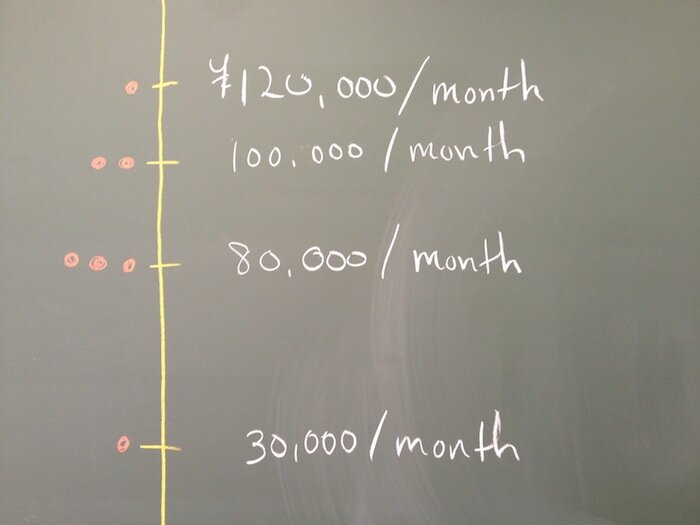2
"I lost your address when I moved," I said hugging her. "It's so good to see you again."
I bought her a drink, then sat down at the bar with her so we could talk about everything that had happened since that warm Sunday afternoon in April.
"I often thought about you," I said taking her hand. It wasn't entirely true, though. I couldn't say that I had really consciously thought of her. I wondered what she was doing or where she was. And it wasn't that often that curiosity would make me wonder about her. No, it was on only the rarest of occasions that she would visit my passing thoughts. Drunk as I was, it was tempting to even say that I'd missed her. But then the thin veil of credibility I was wearing would have been torn off.
Why hadn't I contacted her? Was it because of her age? She was only fifteen the first time we met, sixteen when I ejaculated all over her breasts six months ago. No, age never factored into the equation. Too young wasn't necessarily a minus. Not in Aya's case, at least. Had she been older, I might not have given her the time of day. No, Aya's age, and the breasts she'd been so generously endowed with were all that had ever interested me. But at the time my heart still carried the unhealed wound of Mie's departure from my life. Though the wound hadn't quite healed, time had allowed me to put her absence further and further from my mind. I'd grown used to the feeling nothing the way you can get used to the silence. I suppose I hadn't contacted Aya because I still wanted desperately to fall in love with someone again, but now all I wanted was to fuck like a dog.
"I had a birthday," she said.
"Oh, you did? Congratulations! So, you're now what? Twelve? Thirteen?" She punched me softly in the shoulder. Really, what did another birthday mean when you were so young? Only that you were still young. I turned twenty-seven since we had last met. A year closer to thirty. A year closer to death.
"You don't know how old I am, do you?" she asked.
I knew. How could I forget coming on the breasts of a sixteen year old? Coming on a girl ten years younger than myself. The thought had made me smile, had even warmed me on the odd cold night. She was seventeen now. "Yeah, I know," I replied. "You're seventeen."
She asked me where I was living now. She asked me if I had a girlfriend, but didn't believe me when I said I didn't. I didn't believe myself, to tell the truth. It'd been more than a year since I'd had a proper one.
"I have a boyfriend," she confessed. "He's black."
I took Aya by the hand to the back of the bar, then through the fire escape to the exposed stairwell then led her up the ten flights to the roof where I tried to kiss her.
"You just want to have sex with me," she said, pushing me away.
"What ever gave you that idea?" I asked. I turned away from her and looked across Oyafukô-dôri to the building where Brian and I had shared a spliff earlier. I could barely make out what looked like the ember of a joint rising, glowing brightly, then dimming and falling slightly. It looked like a firefly.
Aya had accused me of just wanting to screw her. Of course, I wanted to have sex. Would I have been up on the roof catching a cold with the girl I didn't really care a whole hell about if I weren't interested in sex? No way! Wake up, Aya! Reality awaits you!
"Aya, I don't want to have sex. I just want to be with you." I took her into my arms again and held her tightly. "I don't want to have sex," I said kissing her neck. "I don't want to have sex," I said biting her neck and feeling the weight of her breast in my hand.
I did want to have sex. But I wanted something more, too. Something that she would have never been able to give me. Aya would never know anything about that, of course. I wasn't about to open up a Pandoran box of emotions before the girl.
3
We descended the stairs and walked hand in hand back to the bar which was deserted all but for the staff who were starting to clean up. Looking at the clock I saw that it was almost five. Where the hell had the time gone? We couldn't have been on the roof for more than half an hour and I'd arrived at the bar around midnight so I had two, no three hours that I couldn't account for. Or could I? Had they merely drifted off into heaven with the smoke each time I took a hit off Brian's spliff? No, time had only been slightly compromised by the hash I had smoked, and been made completely forgetable by the drinks that Aya had been ordering and placing one after the other before me. A few weeks later Brian would say, "It's not often you see a chick trying so hard to get a guy drunk so she could fuck him."
"Live and learn." I would reply.
Aya and I jumped into a taxi and headed back to my place where I lost no time in getting undressed, lying in bed and falling fast asleep.
A few hours later I was woken by Aya.
"Wh-what the fu . . . ?"
"You're snoring and I can't sleep."
"Huh? Me? Snoring?"
"Yeah, you. You're really loud."
"Nah, not me."
"Yes, you."
"I don't snore."
"You do, too!" She imitated me. It sounded like a boar in the throes of death. She crawled above me and grabbed my neck. "I want to kill you."
"So kill me," I said slowly pulling her sweater up and over her head.
Although her forhead and nose were just as tan as they'd been in April, her shoulders were milky white as if they had never once been kissed by the sun. Under the sweater her huge breasts were held in place by a simple cream colored bra. Some girls with smaller breasts were able to get by with a single clasp, others with more shapely figures reguired two. Aya's breasts, however, were precariously contained with three industrial sized clasps which groaned with stress fatigue. While I might have been able to undo a single clasp bra with a adroit snap of my thumb and index, undoing Aya's bra was a major undertaking requiring a foreman, joices, pullies and hard hats. When the last of the third clasp had given way, I could feel the weight of her generous bosom drop heavily onto my chest.
It was amazing how firm they were, how small and pink her nipples were, but then she was only sixteen. Seventeen, that is. What was the age of consent in Japan? Who knew? Who cared? Why was I even asking questions? All I wanted was to fuck Aya, but not necessarily because I wanted her. No, I wanted to fuck so that I might forget, to fuck myself into a reprieve, to put yet another body between the memory of Mie and myself. And so we fucked, fucked for hours, fucked as the morning light was beginning to sneak into my room, as the sound of pidgeons and crows was beginning to break the silence of a Sunday morning, fucked until the odd car could be heard passing slowly by, fucked until the voices of children and their mothers reminded us of the time, fucked until I came again into the deep valley between those majestic peaks.
I rolled off of Aya and fell asleep. When I woke up, she was dressed and in the kitchenette doing my dishes. Great country, I thought. When she finished, she hung up the dish towel on its hook and sat down on the bed beside me.
"You have gray hairs," she said running her fingers through my hair.
"Thank you!"
"I'm supposed to meet my boyfriend today, but I don't feel like it."
"So don't." I pulled her towards me and kissed her, then took her hand and bringing it under the covers, placed it on my cock. "Why don't you stay with me?" She nodded her head slightly, then proceeded to remove her clothes.











